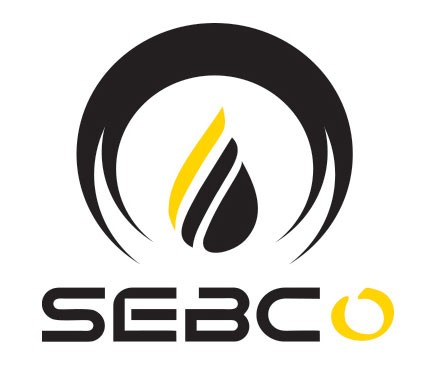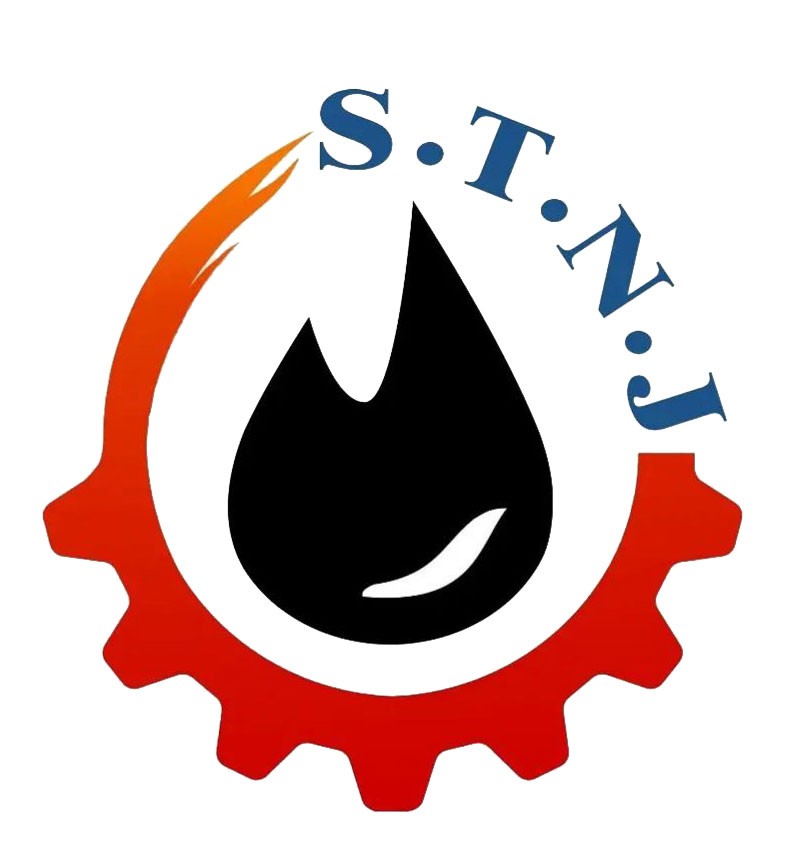WPB says improvements in bitumen processing technologies have basically raised efficiency and safety in modern road construction. One of the most important developments in this field is the use of bitumen drum melting systems, whose goal is to melt solid bitumen packed in steel drums into a usable liquid form with minimal waste and energy consumption.
A Smarter Method of Handling Bitumen
Preferably, the majority of locations on earth transport and store bitumen in sealed steel drums for quality preservation as well as shipping ease. In order to be utilized for paving, waterproofing, or protective coating, the substance must be heat-melted back into the liquid form. Previously, this was accomplished through manual process or open-fire heating — operations that are time-consuming, unsafe, and inefficient.
Drum melting plants of today offer a totally enclosed, automated solution. Through the use of controlled heat—be it thermal oil circulation or diesel burners—the plants soften and melt bitumen efficiently without changing its chemical makeup. The bitumen is melted and filtered to remove impurities and then pumped into hot storage tanks for application and mixing into asphalt directly.
Efficiency and Safety as Underlying Pillars
Automation and indirect heating enable such systems to process several drums simultaneously, with capacities ranging from 3 to 10 tons per hour. Not only do these reduce project time, but also operational costs through reduced manual effort and waste of material.
As important, closed systems eliminate the dangers of exposed flames and fume contact, creating a more secure and eco-friendly working climate. Through consistent temperature control, they ensure that the bitumen is in its original viscosity and adhesiveness—criteria so vital to pavement durability and quality.
Global Relevance in Infrastructure Development
The demand for drum melting plant has been rising steadily in Asia, Africa, and the Middle East, where infrastructural development relies heavily on drum bitumen. The systems are especially ideal in high-end applications such as highways, airport runways, and bridge surfacing, where there is a need for assured and uninterrupted supply of bitumen.
Hot climates nations have also registered high performance results, as temperature-regulated melting machines yield standard outputs even in inhospitable external environments. Their capacity to adapt to broad geographies and operations makes them suitable for a myriad of settings.
Maintenance and Operational Best Practices
For efficiency and equipment life prolongation, regular maintenance is crucial. Operators should regularly clean filtration and pipework, monitor burner operation and thermal oil levels, and ensure ideal temperature setting conditions while operating. Proper loading and unloading methods enhance safety and prevent contamination as well.
With the increasing pace of global infrastructure development, calls for effective and energy-efficient bitumen handling solutions grow louder. Bitumen drum melting systems bridge the gap between traditional handling methods and modern construction demands—delivering reliable material supply, improved working conditions, and reduced environmental impacts.
Their adoption is a turning point towards smarter, more cost-effective, and high-performance road construction methods, propelling the industry towards excellence and innovation.
By Bitumenmag
Bitumen, Price, Market




















